|
|

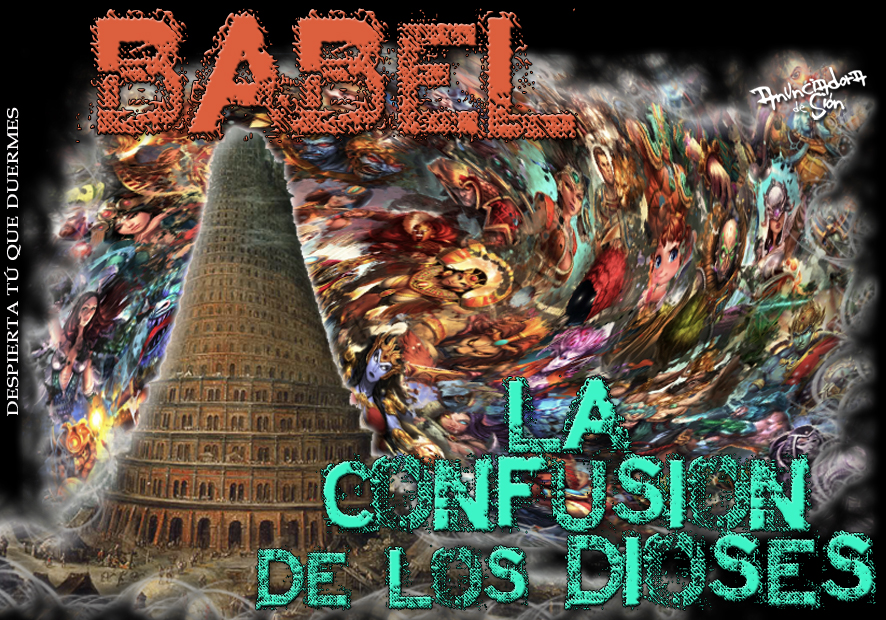   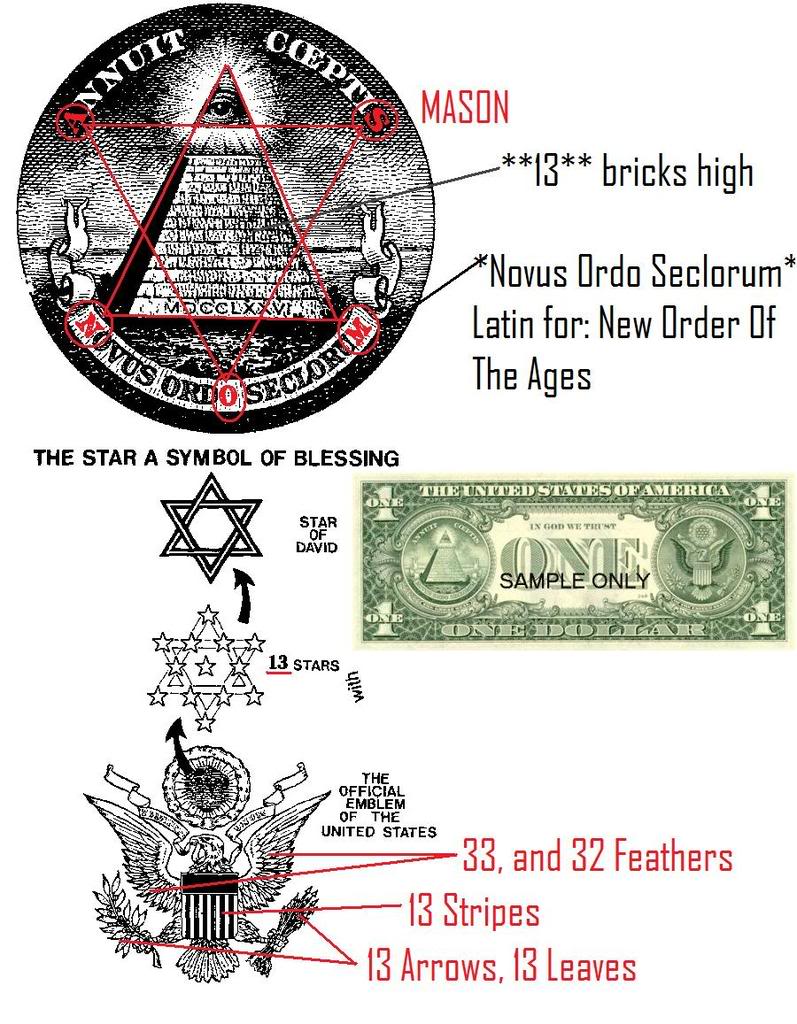 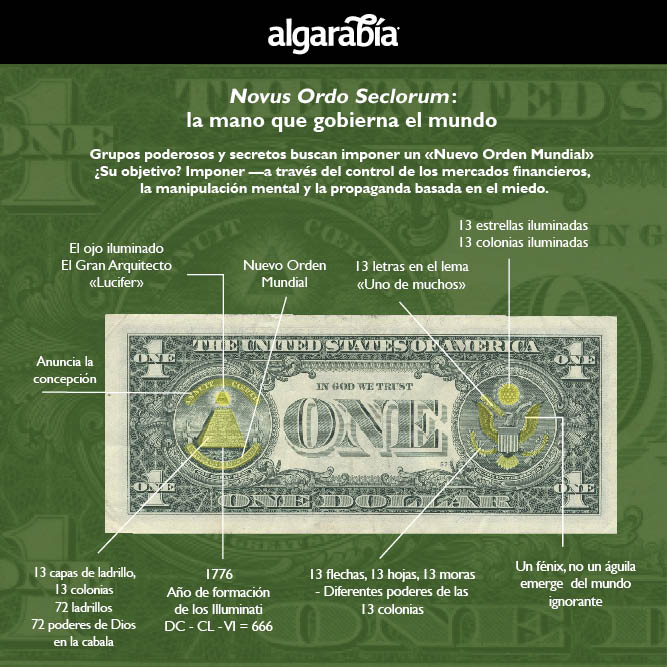
Statue of Liberty
The height of the Statue of Liberty is 111′-1″ from bottom of foot to top of head. The 7 rays on the crown and the 11 points of the base star echo the proportions of the Great Pyramid’s 7:11 height to base proportion. The superb book Talisman by Graham Hancock and Robert Bauval convincingly shows this goddess is actually the Egyptian Isis.
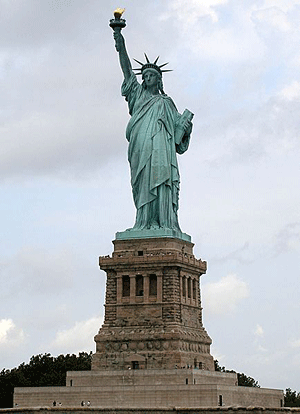
Image courtesy Elcobbola under the Creative Commons Attribution-Share Alike 3.0 Unported license.
http://www.viewzone.com/onstott66.html

MONTSEGUR VOLCAN/CAN / TEOTIHUACAN / VATICANO / CANA/ AMERICAN/ MEXICAN/ CAN MAYOR (SIRIO)- BODAS DE CANA
Location
Montségur is in the Ariege, in the foothills of the Pyrenees, not far from Lavelanet, due South from Mirepoix.
Montségur lies at 42°52'35" N, 1°49'51" E on a pog (a volcanic pluton) at an altitude of 1,207 meters. The castle is owned by the Commune of Montségur. There is an entrance fee, which also covers entry to a museum in the nearby town.
Guided Tours
Cathar Castle Tours
Mairie: mairie.montsegur@wanadoo.fr
Tel: 05 61 0110 27
Tourist Information Office:
Tel: 05 61 03 03 03


|
|
aerial view of Montségur
|
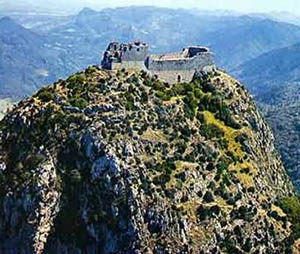 |
|
MARIA MAGDALENA EN EL CATARISMO (CATAROS)
25 DE ABRIL=DIA DE SAN MARCOS
22 DE JULIO=DIA DE MARIA LA MAGDALENA
MASON FRANCES
|
|
|
|
|
Emmanuel Macron
Emmanuel Jean-Michel Frédéric Macron (Amiens, 21 de diciembre de 1977) es un político francés, vigesimoquinto presidente de la República Francesa y copríncipe de Andorra desde 2017.1
Exfuncionario público y especialista en inversión bancaria, fue empleado y asociado del banco francés Rothschild & Cie y ejerció posteriormente de asesor económico del presidente de la República François Hollande (2012). En 2014 fue nombrado ministro de Economía, Recuperación Productiva y Asuntos Digitales.2 En abril de 2016 lanzó el movimiento político centrista ¡En Marcha!.3 En agosto siguiente dimitió como ministro de Economía para dedicarse al partido ¡En Marcha!,4 sin descartar convertirse en candidato en las elecciones presidenciales de Francia de 2017 si Hollande desistía. Dejó el cargo siendo el ministro mejor valorado del Gobierno y el político de la izquierda preferido de los franceses. Macron también confirmó en agosto su alejamiento del Partido Socialista francés para liderar un proyecto político de centro,56 aunque en 2015 ya había explicado que había sido militante de dicho partido pero ya no lo era.7
A finales de 2016 anunció su candidatura para las elecciones presidenciales en abril de 2017, cuya primera vuelta ganó con una votación cercana al 24 %. El 14 de mayo del 2017 obtuvo la victoria en la segunda vuelta frente a la candidata de extrema derecha Marine Le Pen, líder del Frente Nacional. Macron se impuso con el 66,1 % de los votos sobre Le Pen, que alcanzó el 33,9 % de los sufragios.8 A los treinta y nueve años de edad, se convirtió en el presidente más joven de la historia francesa, representando así al jefe de Estado francés más joven desde Napoleón Bonaparte y al miembro más joven del G-20 actualmente.91011 Macron fue reelecto en las elecciones presidenciales de 2022 al derrotar una vez más a LePen en una segunda vuelta.
Desde que asumió sus funciones en 2017, su mandato ha estado marcado por momentos de tensión social como la reforma del Código Laboral, la Ley de reforma de la compañía francesa de ferrocarriles, SNCF, el caso Benalla, el movimiento de los chalecos amarillos, siendo este último uno de los más significativos del quinquenio del presidente Macron ya que, a partir de noviembre de 2018, el presidente estuvo en el centro de la protesta que comenzó después de que el ejecutivo anunciara un aumento en los impuestos sobre el precio del combustible el 1 de enero de 2019.12 En respuesta, Macron renunció a aumentar el impuesto y anunció un incremento del salario mínimo (SMIC) de 100 euros por mes en 2019.13
De igual manera, el presidente Macron ha sido el abanderado de las principales propuestas destinadas la refundación de la Unión Europea.14 Es así que el 18 de mayo de 2020, en una rueda de prensa conjunta con la canciller alemana Angela Merkel, ambos mandatarios presentaron un plan para la UE en el marco de la crisis de la pandemia. Las medidas anunciadas relanzaron las expectativas sobre el hipotético momento histórico por el que la organización europea estaría atravesando.15 Macron defiende una «refundación histórica» de Europa. Lo señaló en su discurso de toma de posesión como presidente de Francia.16 Fue también el mensaje lanzado durante su primera visita a Berlín para reunirse con Angela Merkel.17El dirigente incluso publicó una carta titulada “Para un renacimiento europeo” que apareció en marzo de 2019 en 28 periódicos de la UE.18
Por otra parte, Macron considera que Francia debe mantener tropas en el Sahel y que la operación militar debe mantenerse pero pide apoyo a Alemania y a otros países europeos. Su segundo viaje exterior tras asumir la presidencia del país, después de Alemania, fue para visitar las tropas francesas que se encuentran en Malí.19
Emmanuel Macron es hijo de Jean-Michel Macron, médico, profesor de Neurología en la CHU de Amiens y jefe de educación de la facultad de medicina en esta misma ciudad; y Françoise Macron-Noguès, doctora y consejera de la seguridad social francesa. Es el primero de tres hermanos: Emmanuel, Laurent (1979, radiólogo) y Estelle (1982, nefróloga). E. Macron estudió en el colegio de los jesuitas La Providence de Amiens, obteniendo buenas notas y al mismo tiempo cursaba en paralelo, durante al menos seis años, estudios de piano en el Conservatorio de Amiens.20
Acabó el bachillerato en el liceo Henri IV de París. En dicho establecimiento cursó también sus tres primeros años universitarios, en las clases preparatorias a las grandes escuelas de Letras y Ciencias Sociales (1995-1998), sin llegar a entrar en la Escuela Normal Superior.21 Obtuvo el título de Filosofía en la Universidad de París-Nanterre, hizo la tesis sobre Hegel, se graduó en Ciencias Políticas en el Instituto de Estudios Políticos de París (2001) al tiempo que se convirtió en militante del Partido Socialista, a los veinticuatro años.20 Fue el asistente del filósofo Paul Ricoeur mientras redactaba su libro Memoria, historia y olvido.22 Continuó sus estudios y en 2004 salió de la Escuela Nacional de Administración (ENA), donde se forman las élites francesas, como inspector de finanzas.20
|
|
|
|
|
|
FRANKINCENSE/FATIMA/POPE FRANCIS/FRANCE/DA VINCI CODE/FREEMASONRY

And going into the house, they saw the child with Mary his mother, and they fell down and worshiped him. Then, opening their treasures, they offered him gifts, gold and frankincense and myrrh. (Matthew 2:11, ESV)
|
|
|
|
|
|
|
|
Últimos años en Francia
 Anciano pensativo Anciano pensativo. Hay quien considera que este dibujo es el último autorretrato de Leonardo. Royal Library, Windsor.
En septiembre de 1515, el nuevo rey de Francia, Francisco I, reconquistó Milán tras vencer en la batalla de Marignano.44 En noviembre del mismo año, Leonardo diseñó un nuevo proyecto sobre la disposición del barrio de Médici en Florencia. El 19 de diciembre, estuvo presente en la reunión entre Francisco I y el papa León X que se celebró en Bolonia.184546 Francisco I le encargó a Leonardo un león mecánico que pudiera andar y con el detalle de que el pecho se abriera para mostrar la flor de lis.20 No se sabe para qué ocasión fue concebido este león, pero puede tener relación con la llegada del rey a Lyon, o con las conversaciones de paz entre el rey y el papa.Nota 8
En 1516 se marchó a Francia junto con su ayudante, el pintor Francesco Melzi, y también con Salai quien los acompañó hasta Milán.4743 Su nuevo mecenas y protector, el rey de Francia Francisco I, los instaló en la casa donde este vivió en su niñez, el castillo de Clos-Lucé, cerca del castillo de Amboise. Fue el «primer pintor, primer ingeniero y primer arquitecto del rey»,15 y recibió una pensión de 10 000 escudos.10 En la corte francesa estaban más interesados por el pintor que por el ingeniero, que en Italia era lo más valorado.16 El hecho de que Francisco I le diera el castillo de Clos-Lucé se puede entender como un mensaje a Leonardo para que «hiciera lo que él quisiera». No fue el primer artista en recibir este honor, pues Andrea Solario y Giovanni Giocondo lo habían precedido unos años antes.43 Leonardo proyectó el palacio real de Romorantin, que Francisco I pretendía erigir para su madre Luisa de Saboya: sería una pequeña ciudad, para la cual previó el desvío de un río que la enriqueciera con agua y fertilizase la campiña vecina. En 1518 participó en las celebraciones del bautizo del delfín y de las bodas de Lorenzo de Médici con una sobrina del rey francés. Ese mismo año Salai abandonó de nuevo a Leonardo y retornó a Milán, donde el 19 de enero de 1524 murió en un duelo.16
El 23 de abril de 1519, Leonardo, enfermo desde hacía varios meses, redactó su testamento ante un notario de Amboise. Pidió un sacerdote para confesarse y recibir la extremaunción.20 Murió el 2 de mayo de 1519,1016203843 en Cloux, a la edad de 67 años. La tradición cuenta que murió en brazos de Francisco I, pero probablemente esto se basa en una interpretación errónea de un epígrafe redactado por Giorgio Vasari:48
LEONARDUS VINCIUS: QUID PLURA? DIVINUM INGEIUM, DIVINA MANUS, EMORI IN SINU REGIO MERUERE. VIRTUS ET FORTUNA HOC MONUMENTUM CONTINGERE GRAVISSIMIS IMPENSIS CURAVERUNT
Leonardo de Vinci, ¿qué más se puede decir? Su genio divino y su mano divina le merecieron expirar sobre el pecho de un rey. La virtud y la fortuna velan, premio a los grandes gastos, en este monumento que le corresponde.
 Tumba de Leonardo da Vinci en la capilla de Saint-Hubert, en Amboise, Francia.  Estatua de Leonardo da Vinci, Galería de los Uffizi, Florencia
Este epígrafe, que nunca se ha visto escrito en ningún monumento, contiene las palabras sinu regio, que pueden significar, en el sentido literal «sobre el pecho de un rey», pero también, en un sentido metafórico, «en el afecto de un rey», y puede ser una alusión a la muerte de Leonardo en un castillo real.49 En esa época, la corte estaba instalada en el castillo de Saint-Germain-en-Laye, donde, el 31 de marzo, la reina Claudia de Francia dio a luz a Enrique; y el diario de Francisco I no indica ningún viaje del rey hasta el mes de julio. Por otro lado, Francesco Melzi, el discípulo de Leonardo, que heredó sus libros y sus pinceles y que fue depositario de su testamento, le escribió una carta al hermano de Leonardo donde cuenta la muerte de su maestro. En ella, no hace ninguna alusión a la circunstancia mencionada, ni a la presencia del rey.50
Según su última voluntad, sesenta mendigos siguieron su séquito y fue enterrado en la capilla Saint-Hubert, en el recinto del castillo de Amboise. Leonardo nunca se casó y tampoco tuvo hijos; legó el conjunto de sus obras para que fueran publicadas por su discípulo preferido, Francesco Melzi, alumno desde los diez años. Le dio sobre todo sus manuscritos, cuadernillos, documentos e instrumentos. Francesco, después de haberlo acompañado durante su estancia en Francia, se quedó con Leonardo hasta su muerte, y administró su herencia durante los cincuenta años posteriores. Sin embargo, no publicó nada de las obras de Leonardo ni vendió ninguna de las numerosas pinturas, como por ejemplo La Gioconda, que se encontraba todavía en su taller. Los viñedos de Leonardo fueron divididos entre Gian Giacomo Caprotti da Oreno, otro alumno y discípulo muy apreciado por Leonardo que había entrado a su servicio a la edad de quince años, y su sirviente Battista di Vilussis. El terreno fue legado a los hermanos de Leonardo y su sirvienta recibió un abrigo negro.51
La muerte de Leonardo es también el comienzo de la dispersión y la pérdida de dos tercios de los cincuenta mil documentos originales multidisciplinarios redactados en viejo toscano y codificados por él. Cada carné, manuscrito, página, croquis, dibujo, texto y nota fue considerado plenamente como una obra de arte. No han quedado más que unos trece mil documentos, de los cuales la mayoría se conserva en el archivo de la Ciudad del Vaticano. Veinte años después de la muerte de Leonardo, Francisco I le confesó al escultor Benvenuto Cellini:
Nunca ha habido otro hombre nacido en el mundo que supiera tanto como Leonardo, no tanto en pintura, escultura y arquitectura, sino en filosofía.
Mario Lucertini et al.. 52
|
|
|
|
|
María Magdalena y los reyes merovingios de Francia
Tanto La Santa Sangre y el Santo Grial como El Código Da Vinci de Dan Brown se inspiraron en la pseudohistoria que vincula la dinastía merovingia de Francia con el linaje de Jesucristo.
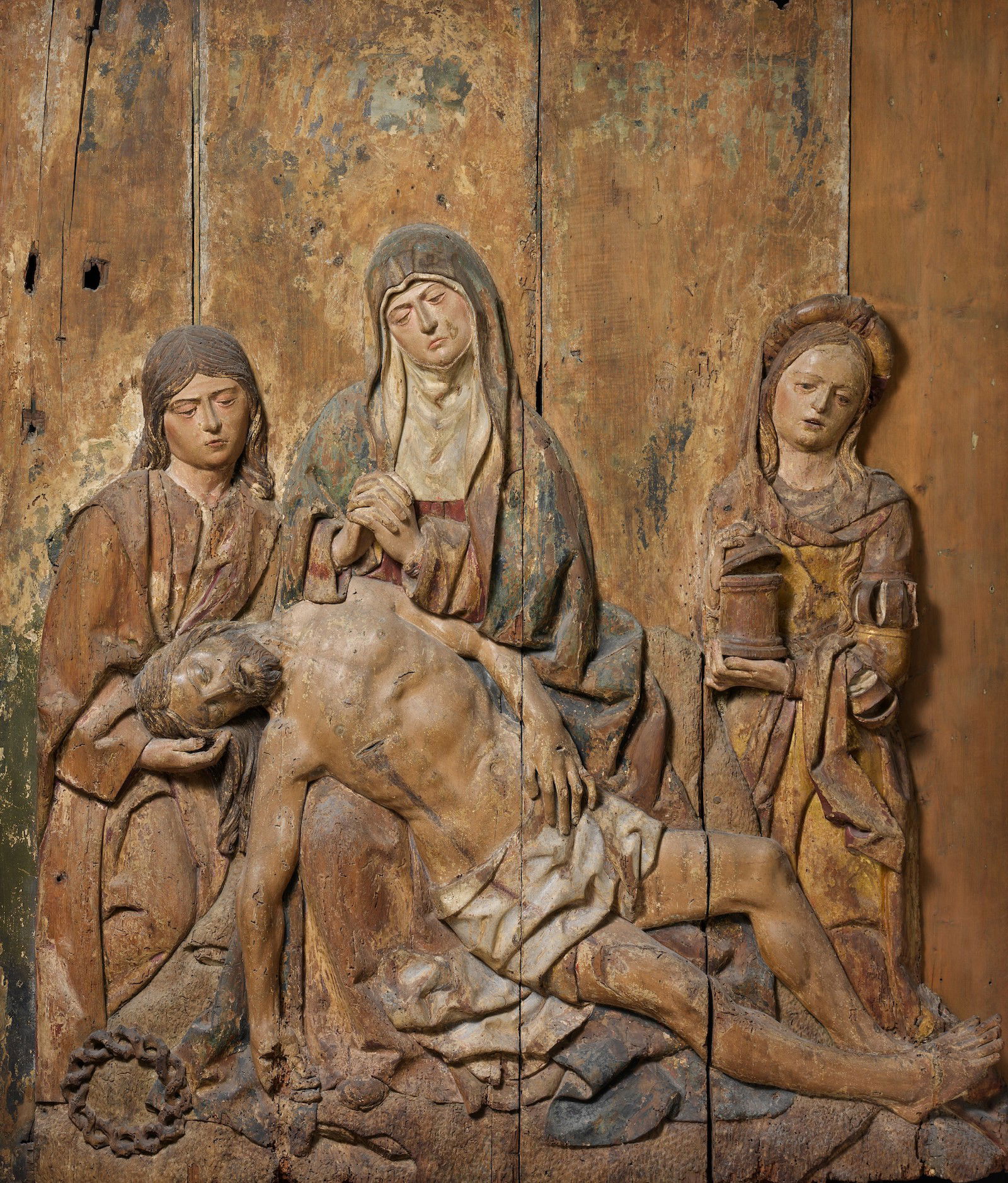 La Piedad (Lamentación), San Juan y María Magdalena lloran junto a la Virgen María por Jesucristo crucificado. Francés, c. siglo XVI. Museo Metropolitano de Arte. Dominio público. La Piedad (Lamentación), San Juan y María Magdalena lloran junto a la Virgen María por Jesucristo crucificado. Francés, c. siglo XVI. Museo Metropolitano de Arte. Dominio público.
yoEl Código Da Vinci , millones de personas que han leído la novela de Dan Brown o visto la película saben –o al menos creen saberlo– quién fue esta dinastía de la «Edad Oscura». Y «saben» que María Magdalena aparentemente se casó con Jesús y tuvo un hijo suyo, y que sus descendientes se casaron con miembros de la línea real francesa y, después de varias generaciones, engendraron la dinastía merovingia. (En el siglo VII, según el libro de Brown, el Vaticano intentó erradicar la dinastía asesinando a Dagoberto II, pero su hijo Segisberto II sobrevivió, al igual que su linaje a lo largo de la historia, terminando con Sofía –Sofía , que en griego significa sabiduría, y el alter ego de María Magdalena en Pistis Sophia , un texto gnóstico–, heroína de la novela). Los aspectos «históricos» de este relato se contaron por primera vez en La Santa Sangre y el Santo Grial (1982), de Michael Baigent, Richard Leigh y Henry Lincoln.
Según el Evangelio de Lucas (8,2), María Magdalena era la líder del grupo de mujeres seguidoras de Jesús, y había sido curada; estuvo presente en la crucifixión y, según Juan y Marcos, fue la primera en presenciar a Cristo resucitado. En los comentarios de los Padres de la Iglesia Primitiva, su figura evangélica se confundió con una pecadora sin nombre en Lucas, que lloró a los pies de Cristo, secándolos con su cabello y ungiéndolos con nardo (7,37-50), y María, hermana de Marta y Lázaro de Betania ( Juan , 11-12). Esta identificación compuesta fue disputada por los protestantes desde el siglo XVI, pero fue solo en 1969 que la Iglesia de Roma distinguió las tres figuras separadas. Baigent et al. mantienen el vínculo entre María Magdalena y María de Betania con argumentos engañosos y ahistóricos sobre la posible esposa de Jesús. Sin embargo, no era una prostituta.
La Santa Sangre y el Santo Grial utiliza los textos gnósticos del Evangelio de María, donde se describe a María Magdalena como amada por Jesús más que las otras mujeres y discípulos, y el Evangelio de Felipe, que contiene la imagen simbólica de la cámara nupcial, para reforzar su hipótesis de un matrimonio entre Cristo y María Magdalena; El Código Da Vinci hace lo mismo.
La Santa Sangre y el Santo Grial sugieren que Jesús pudo haber sobrevivido a la crucifixión y que María Magdalena, embarazada en ese momento, pudo haber huido a Francia, donde fue protegida por un reino judío en Narbona. Continúa:
Según otras versiones, el Grial fue llevado a Francia por la Magdalena. Ya en el siglo IV existen leyendas que describen que la Magdalena huyó de Tierra Santa y fue desembarcada cerca de Marsella, donde, por cierto, sus supuestas reliquias aún se veneran.
Además, «según las leyendas medievales, llevó consigo a Marsella el Santo Grial. Pero las leyendas más antiguas dicen que la Magdalena trajo el Grial a Francia, no una copa. En otras palabras, la simple asociación de Grial y copa fue un desarrollo relativamente tardío». Nos tienta otra sugerencia: «Si nuestra hipótesis es correcta», el Santo Grial habría sido tanto «el linaje y los descendientes de Jesús –la 'Sang Raal'... de la que los Templarios eran... [los] guardianes; y el receptáculo o vaso que contenía la sangre de Jesús, el vientre de María Magdalena». El Código Da Vinci opina lo mismo.
La veracidad de estas hipótesis debe tomarse con mucha cautela. No existen relatos ni leyendas medievales que digan que María Magdalena trajo el Grial a Francia. La leyenda más antigua sobre su huida de Tierra Santa es del siglo XIII. El relato más antiguo de la vida de María Magdalena después de la Ascensión aparece en un martirologio anglosajón de alrededor del año 850, en el que se retira como ermitaña, escondida en el dolor y el amor de Cristo en una cueva del desierto, una historia que deriva de la leyenda de la ramera penitente del siglo V, Santa María de Egipto, que fue al desierto para arrepentirse de sus pecados, desnuda para rechazar su vida mundana, con el pelo creciendo hasta cubrirla. Cuando María Magdalena muere, un sacerdote le administra los últimos sacramentos y la entierra. Hacia el siglo XI, esta leyenda, conocida más tarde como Vita eremitica beatae Mariae Magdalenae ('Vida eremítica'), se había difundido, y la leyenda de María Magdalena se convirtió en una de las vitae de santos más conocidas, después de que la abadía de Vézelay en Borgoña afirmara poseer sus reliquias en 1050.
Monseñor Victor Saxer (nacido en 1918), decano de la erudición magdaleniense, ha rastreado el desarrollo de las leyendas. A la pregunta de cómo había llegado su cuerpo a la Galia, los fieles fueron informados de que había sido por amor de Dios todopoderoso. Sin embargo, al poco tiempo, Vézelay tuvo que encontrar algo más concreto para explicar su posesión de las reliquias: se trataba del clásico robo sagrado, mediante el cual varias versiones contaban cómo un monje de Vézelay había sido enviado cerca de Aix para recuperar su cuerpo donde había sido enterrado, antes de que los sarracenos invadieran, y lo había llevado de vuelta a la abadía para su custodia. El siguiente paso de la historia relataba cómo había llegado realmente el cuerpo a Provenza. Esta era la vita apostolica , o vida apostólica de María Magdalena, elementos de la cual se han utilizado en La Santa Sangre y el Santo Grial . Aquí María Magdalena y varios compañeros, incluido un tal Maximino, desembarcaron en Marsella, donde predicaron el evangelio. María Magdalena convirtió al príncipe local y a su esposa al cristianismo, y realizó milagros como ayudar a la pareja, que hasta entonces no tenía hijos, a concebir (convirtiéndose así en la santa patrona de la maternidad) y devolverle la vida a la princesa después de un naufragio. En una versión posterior, a la que La Santa Sangre y el Santo Grial se refiere como "según la tradición, así como ciertos escritores de la Iglesia primitiva" y parece tratar como un hecho, está acompañada por Marta y Lázaro, después de haber sido puestos en fuga por los judíos en un barco agujereado y sin timón, que guiado por Dios, también, llega a Marsella: Marta va a Tarascon para matar al malvado dragón, mientras que Lázaro se queda para convertirse en obispo de Marsella.
La historia se retoma en la compilación conocida como la Leyenda Áurea de Jacobus de Voragine de 1276. Todo el material hagiográfico fue publicado por una pequeña abadía borgoñona, lo que impulsó, como estaba previsto, una masiva industria de peregrinaciones, sobre todo después de la invención o descubrimiento en 1259, de montones de cabello femenino (algo que confirmaría a la mentalidad medieval que el cuerpo era en realidad el de María Magdalena). Luego, en 1279, por intervención de la propia María Magdalena en un sueño, los monjes de Saint Maximin en Provenza "descubrieron" sus reliquias en su iglesia, desviando los pasos de los fieles crédulos hacia el sur. El instigador del descubrimiento de las reliquias de la Magdalena en Saint Maximin fue Carlos de Anjou y Salerno, conde de Provenza.
¿Y dónde aparecen entonces los merovingios? En ninguna parte. En La Santa Sangre y el Santo Grial aprendemos que:
«Si nuestra hipótesis es correcta, … tras huir de Tierra Santa, la esposa y los hijos de Jesús encontraron refugio en el sur de Francia, y en una comunidad judía preservaron su linaje. Durante el siglo V, este linaje parece haberse casado con la línea real de los francos, engendrando así la dinastía merovingia.»
No hay ninguna nota a pie de página sobre este asombroso salto en la especulación histórica, aunque se hace referencia a algún hecho ocasional, como el asesinato de Dagoberto II en 679, y que "a pesar de todos los esfuerzos por erradicarlo, el linaje de Jesús -o en todo caso, el linaje merovingio- sobrevivió... en parte a través de los carolingios,... que buscaron legitimarse mediante una alianza dinástica con las princesas merovingias". Inmediatamente después de La Santa Sangre y el Santo Grial , Dan Brown sigue.
Tampoco existe ningún vínculo entre María Magdalena y el linaje francés, como plantean los autores de La Santa Sangre y el Santo Grial cuando afirman que Luis XI (r. 1461-83) consideraba a «la Magdalena como una fuente del linaje real francés», citando Sainte-Marie Madeleine (1860) del dominico HD Lacordaire, un apologista de las afirmaciones de San Maximino y de la veracidad de la estancia de María Magdalena en Provenza. O bien su francés es malo o se trata de otro ejemplo de imaginación desbocada, ya que Lacordaire se limitó a señalar que el rey era un «ejemplo de veneración ilimitada» por María Magdalena, «tratándola como una hija de Francia» y dotando a sus descendientes «de una peregrinación propia de la monarquía francesa». Si bien es cierto que la monarquía francesa, desde Luis IX (r. 1226-70), que asistió a las invenciones tanto de Vézelay como de Saint-Maximin, hasta Francisco I (r. 1515-47), en particular hasta el siglo XVIII, primero apoyó y dotó a Vézelay y luego hizo lo mismo con el convento de Saint-Maximin y el lugar de peregrinación de La Ste-Baume, no fue solo la casa real francesa la que lo hizo.
Al santuario de la santa más popular de la cristiandad después de la Virgen María acudían realeza, nobleza y también humildes peregrinos procedentes de toda Europa: entre ellos Francisco I, el emperador Carlos V, su nuera Beatriz de Saboya y príncipes como Isabel de Este, mientras que varias mujeres de ascendencia dinástica se hicieron retratar como penitentes en su gruta, como la archiduquesa María Magdalena de Toscana en 1621.
Por último, es interesante señalar que, tras la pérdida del ducado de Borgoña a manos de Francia en 1477, los Habsburgo de Borgoña utilizaron la legendaria vida apostólica de María Magdalena para reclamar su derecho anterior al ducado. Un manuscrito de alrededor de 1486 que se encuentra actualmente en la Biblioteca Británica, que pretende ser una historia de la casa de Borgoña, afirma que María Magdalena convirtió a sus antepasados, el rey y la reina de Borgoña (alterando lo que en la leyenda había sido el príncipe y la princesa "de la provincia", o Provenza), al cristianismo. Con la adición al principio de dos nombres apócrifos, Trófimo y Etienne (el rey y su hijo), es una lista genealógica que hubiera enorgullecido a La Santa Sangre y el Santo Grial : Chilperico I y Segismundo IV de Borgoña, Clodoveo I, rey de los francos, convertido por su esposa Clotilde (de la casa borgoñona que, según el historiador partidario, era cristiana "mucho antes de que hubiera un rey cristiano en Francia"), y Teodorico II, terminando con el archiduque (más tarde emperador del Sacro Imperio Romano Germánico) Maximiliano I (r. 1477-82), y su hijo Felipe el Hermoso (r. 1482-1506), padre de Carlos V.
El caso reciente de Baigent y Leigh en el Tribunal Supremo contra Dan Brown fracasó porque utilizar material tanto fáctico como de dominio público no es plagio. Si hubieran afirmado que el material de su libro había sido invención de los propios autores, tal vez hubieran llegado a alguna parte. El hecho de que el eje central de La Santa Sangre y el Santo Grial y El Código Da Vinci fuera una ficción bien podría haberse establecido por la falta de conexión entre María Magdalena, Marsella y los merovingios.
Susan Haskins es la autora de María Magdalena: mito y metáfora (HarperCollins, 1993).
https://www.historytoday.com/archive/mary-magdalen-and-kings-france |
|
|
 Primer Primer
 Anterior
111 a 125 de 125
Siguiente Anterior
111 a 125 de 125
Siguiente
 Último
Último

|

